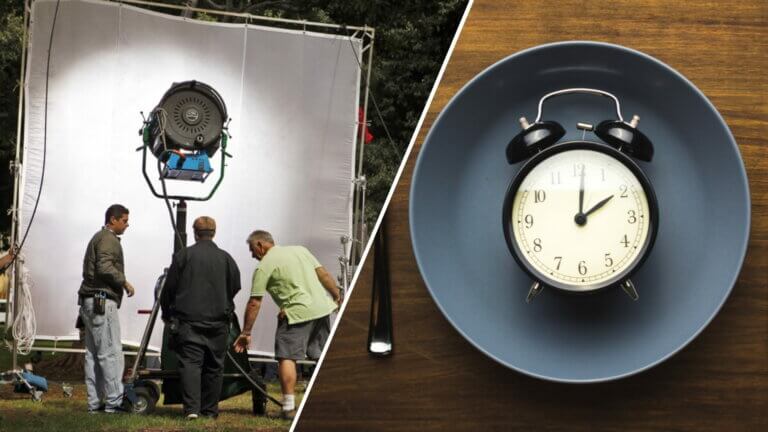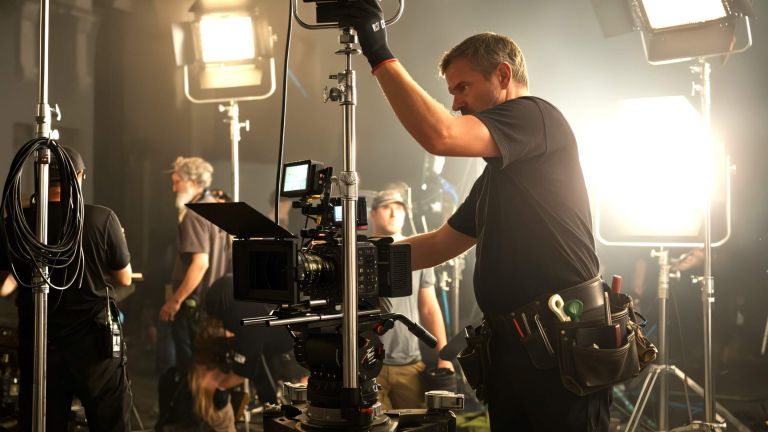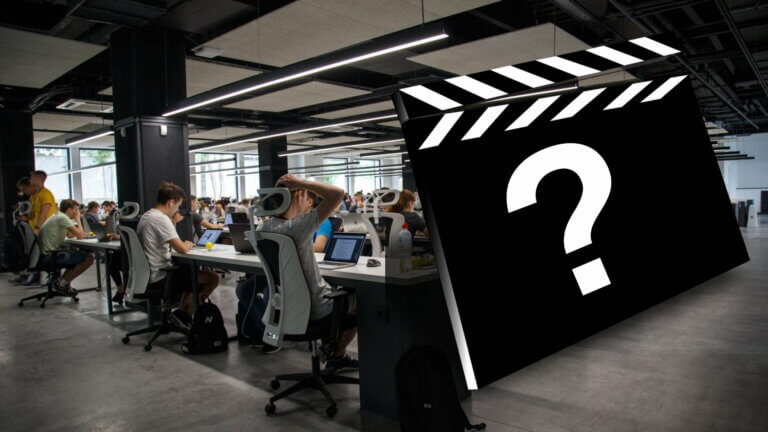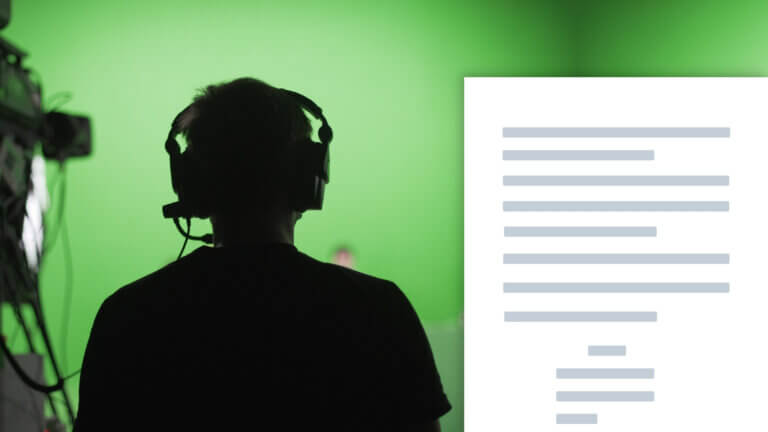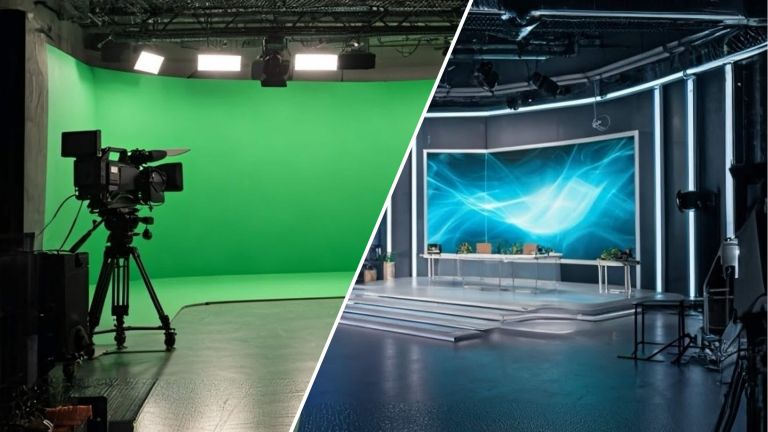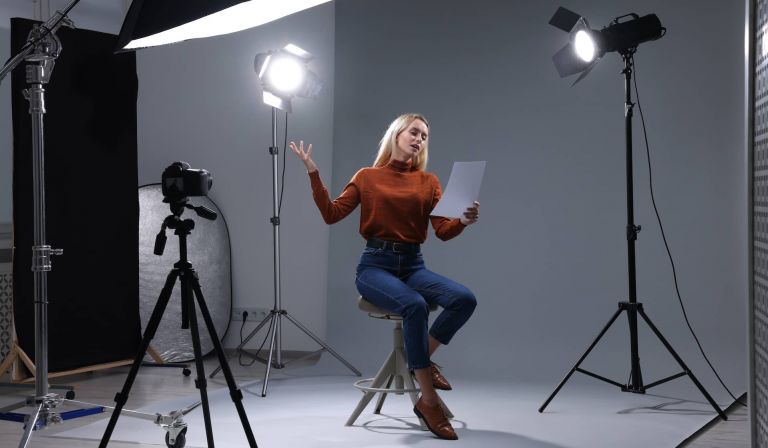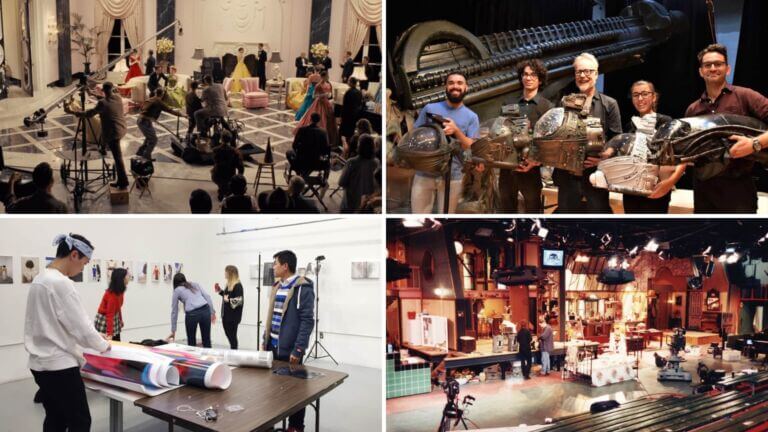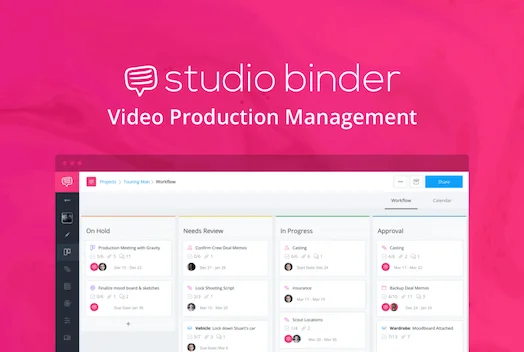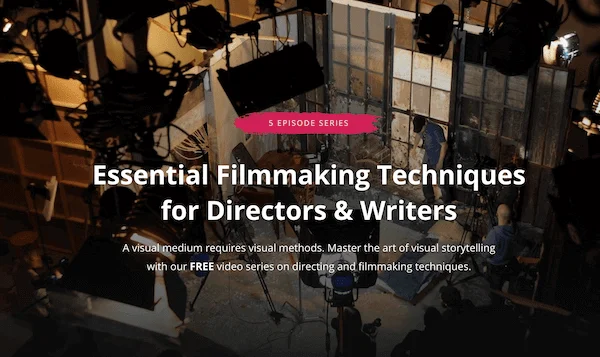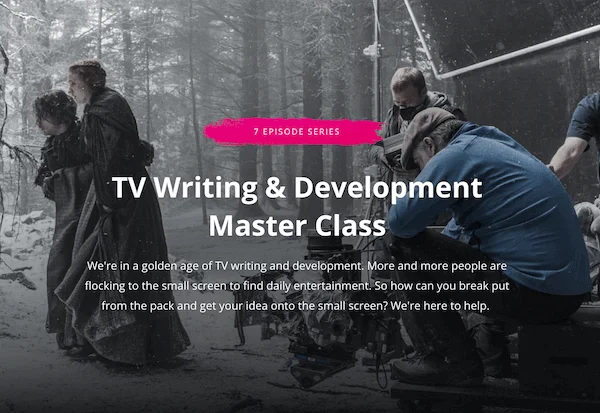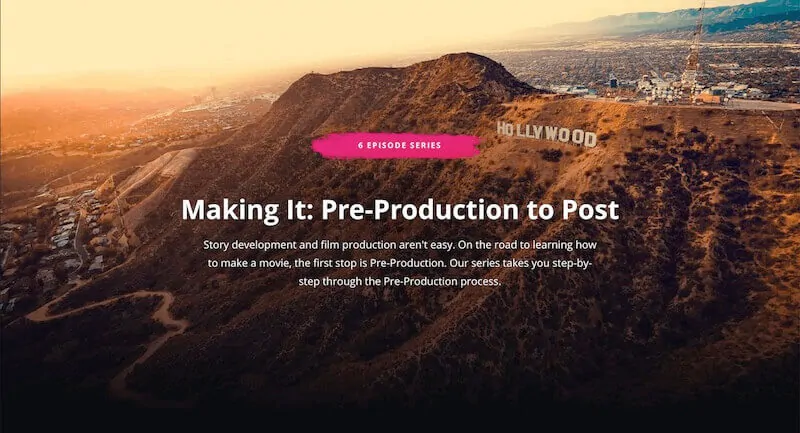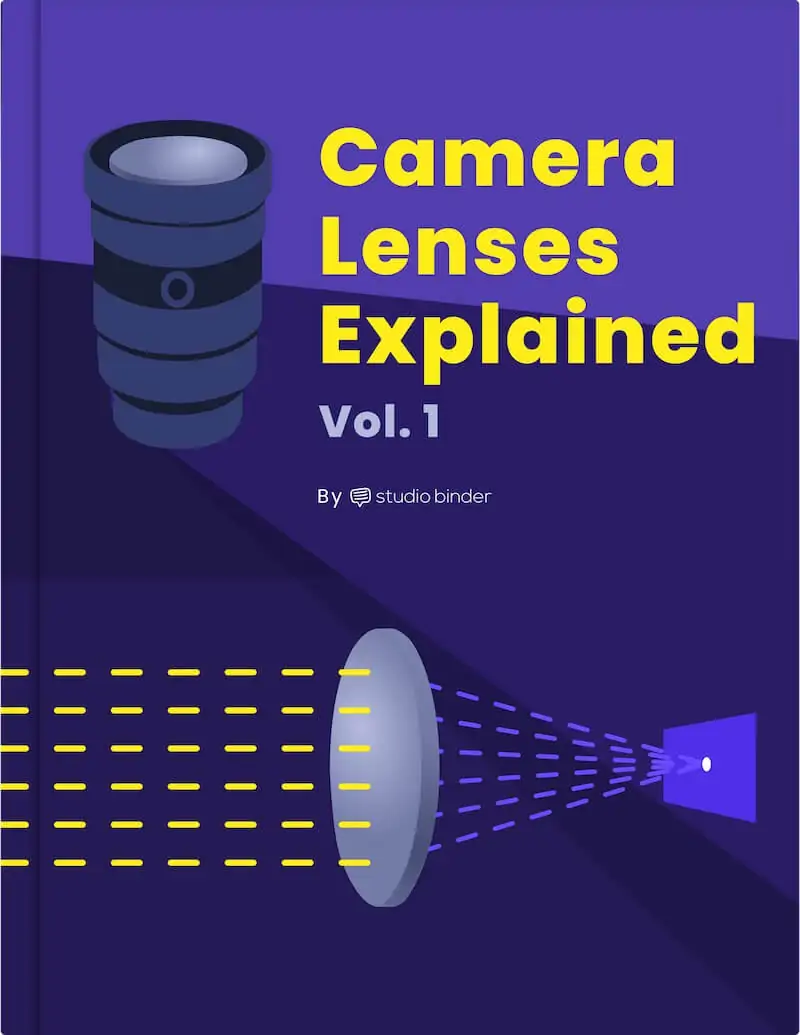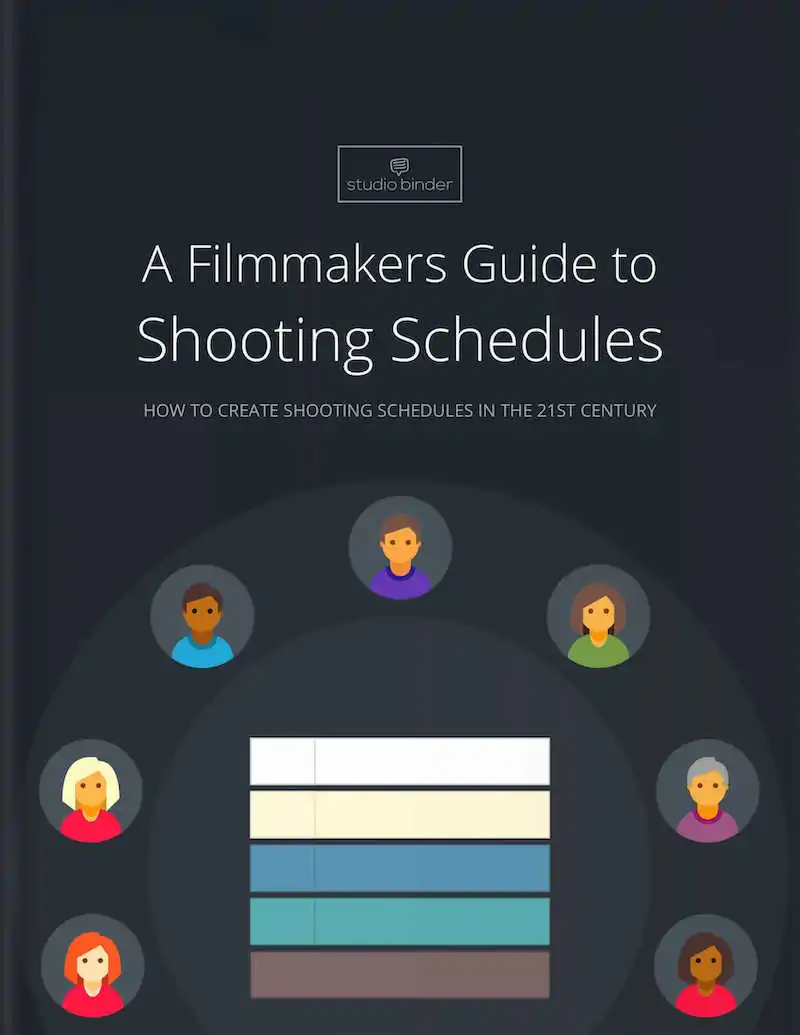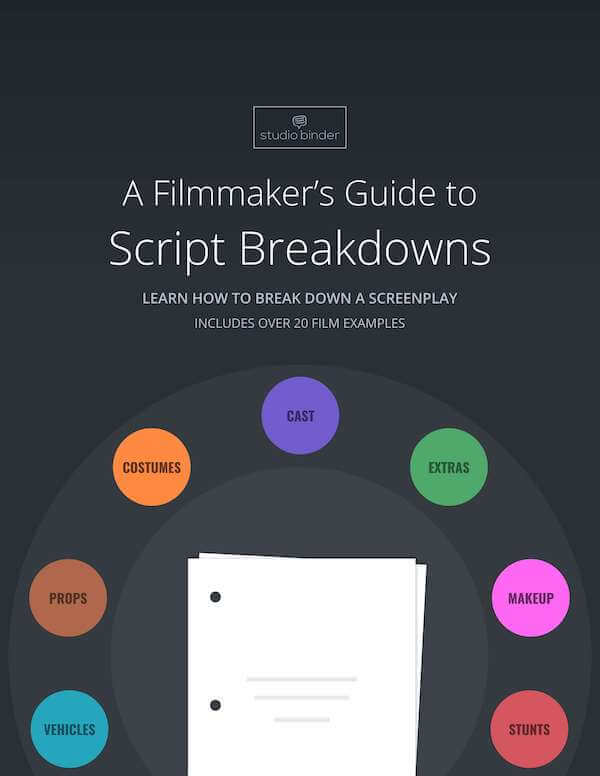What is meal penalty? Well, meal penalty is something cast/crew are sometimes subject to – and it’s certainly something producers don’t want to incur. Meal penalty is the disincentive that keeps producers from overworking their employees – but it’s also something more than that. We’re going to break down meal penalties at the union, state, and federal level. By the end, you’ll know everything there is to know about meal penalties on film sets.Continue reading What is Meal Penalty — CA Lunch Penalty Law Explained
If you’re the kind of person who waits through the credits of movies (and if you are, thank you for acknowledging the crew), you’ve probably asked yourself, “What is a Key Grip”? Well, in this post we’re going to tell you exactly what the Key Grip on a film crew is. We’ll explain what they do, what the job requirements are, and how you can get to be a one yourself. Continue reading What is a Key Grip — Definition & Job Description Explained
One of the first (and most exciting) parts of starting your own film production company is creating your film production company name. This name is going to reflect your groundbreaking style, show off your professional and one-of-a-kind brand, and set the tone for the projects you’ll take on as your company takes off. It also may be difficult to come up with a name that hasn’t already been taken. So how can you approach this suddenly daunting task? Is there a name left for you and your hardworking team? Keep reading for tips on how to create a production company…
A film production agreement is an important legal document for writers, directors, producers, and financiers – but what is a film production agreement? We’re going to answer that question by defining the term and its associated contracts. We’re also going to explore some real world examples. By the end, you’ll know why film production agreements are important – and how to use them.Continue reading Film Production Agreement — A Primer on Film Prod. Contracts
Congratulations! You’ve put together most of the cast and crew for your next project. Director? Check. Heads of departments? Got ‘em. But your lead actor is the highly-coveted [insert your favorite actor here], and they’re not too sure they want in. Yet. What safety net can you offer, say, Jeff Goldblum, in exchange for—you hope—his excellent work on your next masterpiece? A Pay or Play provision may just be your best bet. In exchange for guaranteed pay, Jeff gives you his word to be involved (that’s just the kinda guy he is). But is Pay or Play really that simple?…
Looking to make a sci-fi epic? Need to shoot a weatherman spoof? Wanna spice up your Zoom calls? Don’t worry, no matter why you want to know how to use a green screen, we got you covered. We’ll talk about set-up, lighting, editing, all that stuff. Forget the key to the city, once you know how to use green screen/chroma key, you get the key to the universe. Continue reading How to Use a Green Screen — Setup, Lighting and Creative Uses
Actors far and wide travel to the Big Apple to pursue careers on the stage, and or in front of the camera – but where do they find casting agencies? Well, we’re going to help focus the search by breaking down the best casting agencies NYC edition. By the end, you’ll know where to look for New York casting agencies. Continue reading Best Casting Agencies NYC Edition — An Actor’s Guide
What would you consider the most versatile tool on a set? Most filmmakers and grips would probably come to the same conclusion — the C-stand. C-stands are the workhorse of a film production. They are the humble heroes that can impact both the quality of a shot as well as the safety of a set. In this article, we’ll cover the most common ways of how to use a C-stand on a set and the fundamental steps to setting one up. Continue reading How to Use a C-Stand — Parts, Functions & Proper Usage Tips
Film is a uniquely visual storytelling medium. Everything you see within the frames of a shot is carefully thought out by someone behind the scenes. More often than not, these details in the frame come from the art department. An art department is responsible for the larger creation of a film set as well as the small details that are placed within that set. This may sound like a lot to do for one department. But the art department delegates responsibilities to various roles. In this article, we’ll be discussing what these roles are and how each is an integral…
Most people typically think of the more creative side of the production process such as cinematography, directing, or writing. Although these are immensely important, there is a side behind the scenes of a production that must be kept in order for a production to run smoothly. That would be the much less glamorous, but still important administrative side of production. So, what is a production coordinator and what do they do?A production coordinator is an integral part of making sure the administrative side of a production is well kept so that the production faces minimal hiccups. Let’s take a look…
